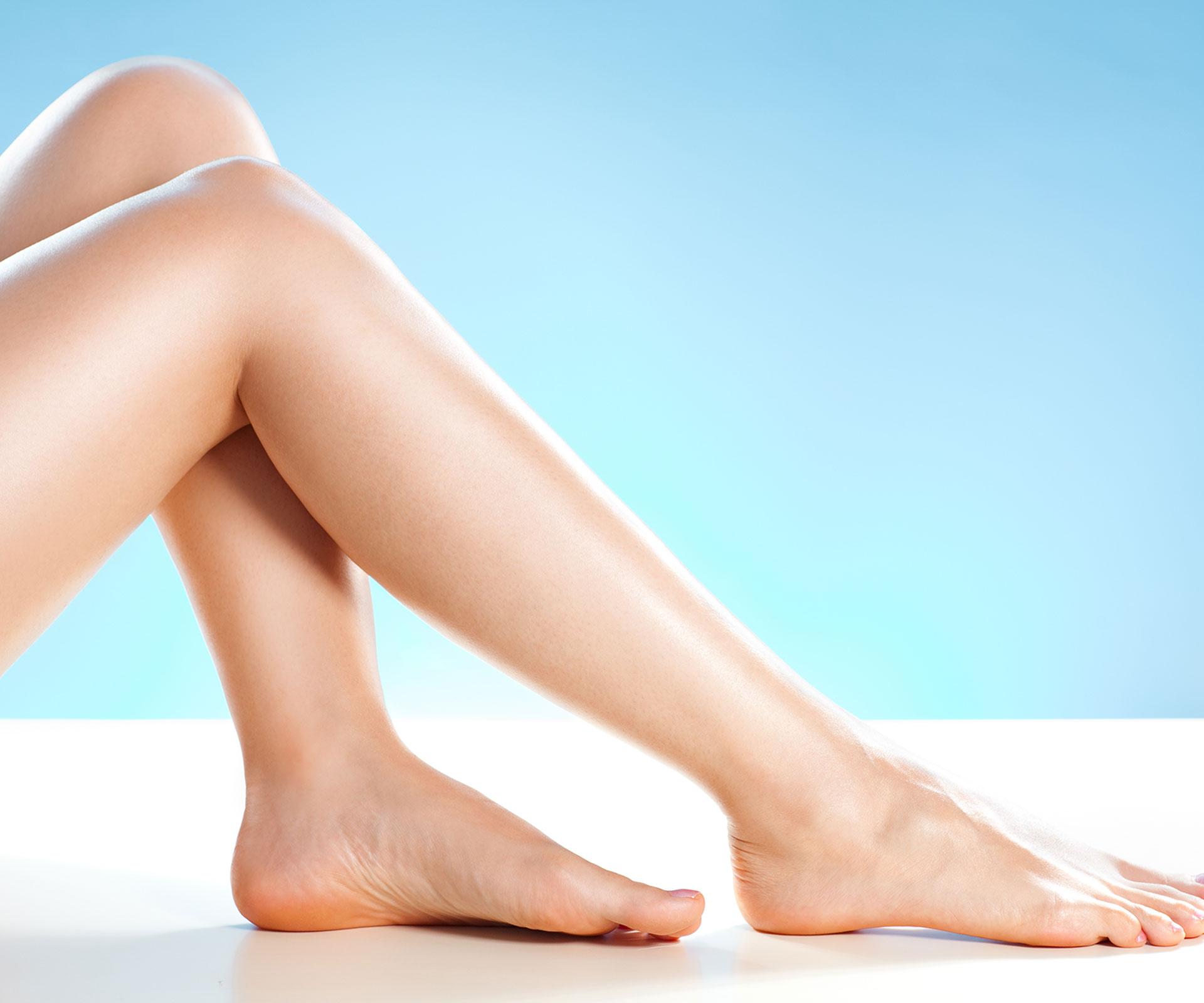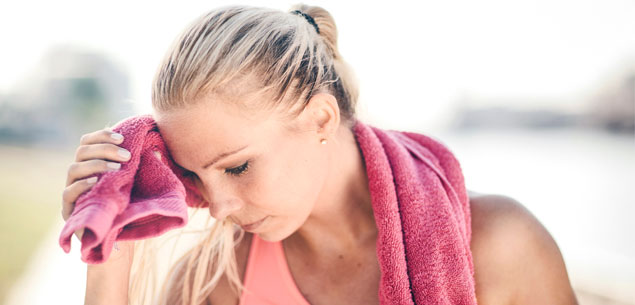About 30 per cent of people have varicose veins and if one close family member has them, your risk increases five-fold. If two close relatives have them, you have a 16 to 20 times greater risk, says phlebologist Dr Louis Loizou.
Women are also at greater risk, most likely due to hormonal changes. Standing or sitting for prolonged periods and being overweight also increase the risk, so maintaining a healthy weight and exercising regularly can help prevent them forming.
“See a specialist when varicose veins start to trouble you – so if your legs ache after a walk, or if you have swollen ankles,” says vascular surgeon Dr Franklin Pond.
What are varicose veins?
Our veins carry deoxygenated blood to our heart. In the legs, blood collects in veins just below the skin and then passes to deeper veins in our calf muscles. Those muscles pump blood towards the heart. Valves inside the veins stop the blood flowing backwards with gravity.
If those valves don’t close properly, blood pools in the veins close to the skin’s surface and gradually those veins become ‘varicose’ or enlarged. These lumpy varicose veins are visible under the skin and can be painful. Here, we outline some of the options available to treat varicose veins.
Sclerotherapy:
A specialist injects chemicals into the affected vein – this usually feels like a pinprick. An ultrasound machine helps guide the needle to deep veins.
“The chemical destroys the lining of the vein and causes it to constrict and stick together. When the veins stick together you don’t see them anymore as blood can’t flow through them,” explains Dr Pond.
Immediately after treatment, patients wear compression stockings and must walk for half an hour to help blood flow. Compression stockings may be worn for up to six weeks to reduce swelling, bruising and the risk of clots.
Varicose veins recur in about 20 per cent of cases.
Radiofrequency or laser ablation:
This procedure uses heat to cause the vein to collapse and close.
“We pass a fine wire into the top of the vein,” says Dr Loizou. “We then pass a tube over that wire and remove the wire, leaving the tube. We put a laser fibre inside that tube, pump anaesthetic around the vein, and laser the inside wall.”
Heat causes the vein to collapse and gradually become invisible. Patients must wear compression stockings after treatment. Dr Loizou says the treatment provides almost instant relief from the pain of varicose veins. There is some bruising and a rare risk of burns to the skin.
The procedure may not be suitable for very twisted veins. About 7 per cent of cases have a recurrence of varicose veins.
Surgery:
Surgery usually involves removing a large vein called the superficial saphenous vein. A surgeon makes two or three small cuts in the leg and an incision in the groin. A thin plastic wire is threaded into the vein through the groin and the wire is fed along the vein. The wire is tied to the vein and the vein and wire are pulled out through the lower incision.
Patients wear bandages and compression stockings after treatment. As with all surgery, there are some risks.
“A nerve runs close to the vein so you may be left with some numbness in the inside of the calf. There is also a low risk of blood clots,” says Dr Pond. “It causes bruising and you may need a week or two off work.”
There is about a 7 per cent recurrence rate associated with this surgery.
ClariVein:
The ClariVein system uses a small rotating catheter which is inserted into the vein, using ultrasound as a guide. As the catheter is withdrawn, it releases a chemical that causes the vein to collapse and close. The procedure can be performed in around 15 minutes. Patients may feel a ‘buzzing’ sensation in the leg during treatment. Bandages and compression stockings are worn for 24 hours and patients must walk for 15 minutes per day.
Data has found ClariVein to be as effective as laser and radiofrequency treatments, with a recurrence rate of less than 5 per cent after one year. Deep vein thrombosis is a rare complication.
How I fixed my varicose veins:
Kristy Cook, 36, used radiofrequency ablation to treat a painful varicose vein.
“I had varicose veins in my 20s. My father has them and I know they’re hereditary. Over six months a vein in my right leg had became uncomfortable. I work in an office and spend a lot of time sitting down and I noticed a dull ache. It was also causing a small lump on my inner thigh that was getting bigger. I saw a vascular surgeon who recommended radiofrequency ablation.”
“I had a local anaesthetic in my leg and was sedated. The surgeon made a tiny incision in two or three areas where the vein was close to the skin to do the treatment, which took about an hour.”
“I wore compression bandages for two days and when the bandages came off I had three very small incisions and light bruising. The aching disappeared instantly and I was able to go back to normal activity a day later. In two-and-a-half weeks I was wearing heels again.”
Words by: Sarah Marinos
Photos: Getty Images


